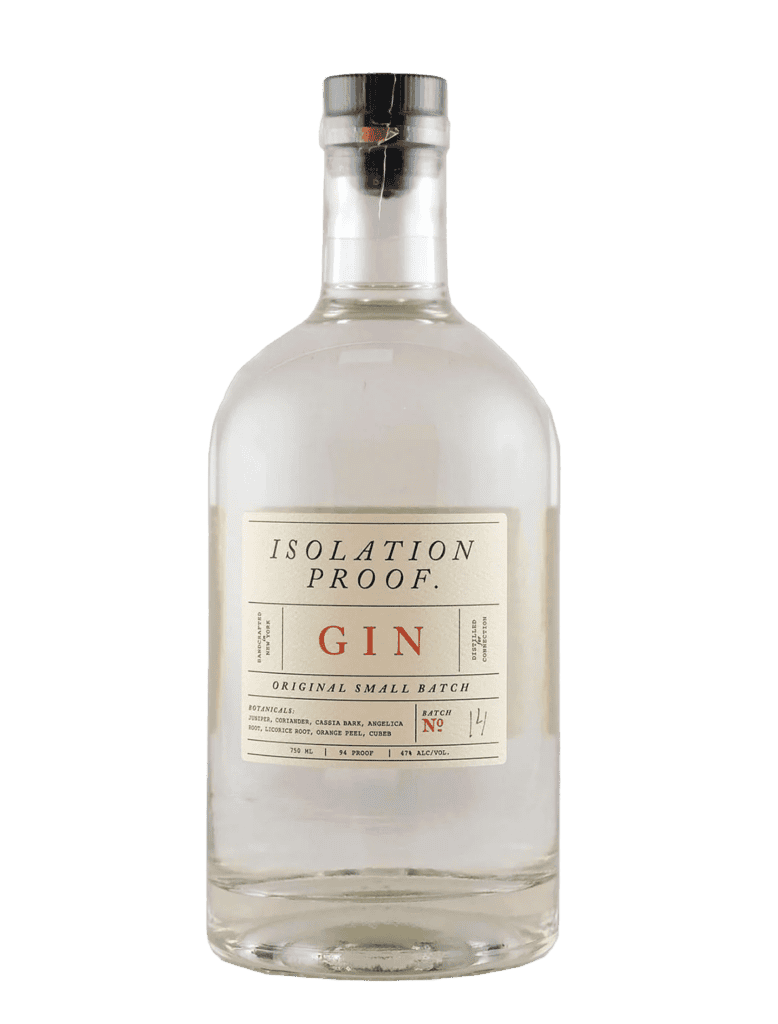An exploration of how collaborative mindsets progress the dairy industry
The power of collaboration fosters growth in movements. In the dairy industry, groups are breaking down barriers and igniting culinary innovations while supporting sustainable and equitable practices. Cheesemakers, scientists, and entrepreneurs understand that partnerships make it easier to expand initiatives. By asking for help and combining collective strengths, they are creating some of the most exciting innovations in cheese.
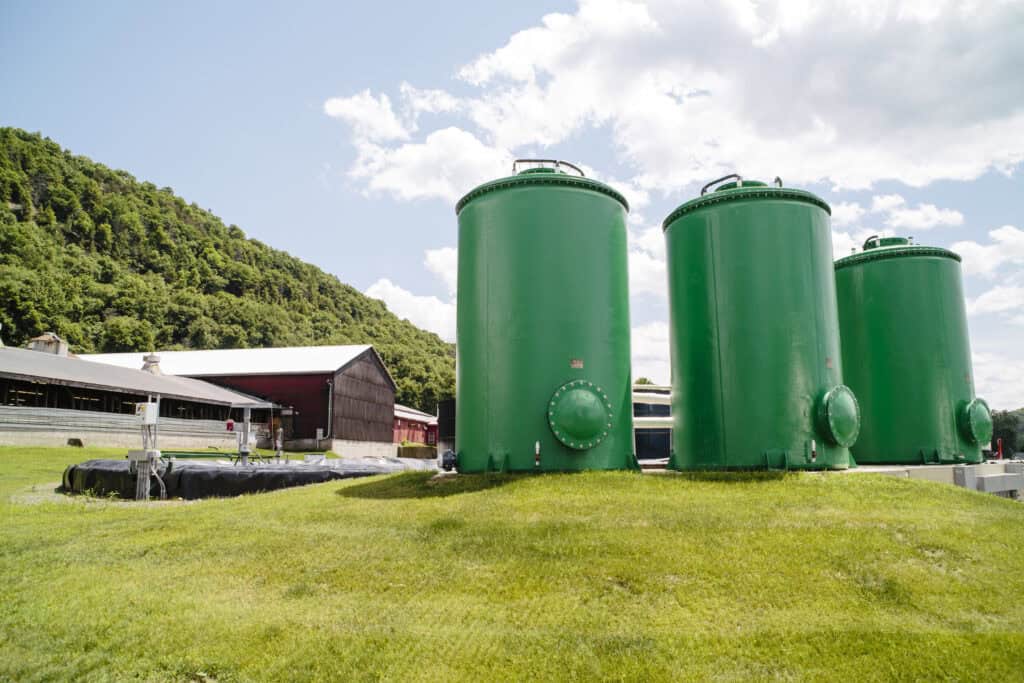
Converting Curds Into Energy
The team at Cabot Creamery is committed to caring for their community and ensuring future generations have access to delicious yogurts, cheeses, and butter. To achieve this goal, Jed Davis, vice president of strategic engagement and sustainability, believes the process starts with collective action.
“You don’t succeed at sustainability without partnerships or relationships,” Davis says. “When it comes to conversations around implementing sustainable practices, it’s important to pull the veil on all of the work it takes for something to happen that might seem super small because there are so many factors at play.”
This collaborative spirit allowed Cabot to address the issue of dairy wastewater—a problem that affects the entire industry. Water is used extensively throughout dairy production, and in the process it becomes contaminated with organic materials, residues, and, sometimes, chemicals. If released into nature, the contaminated water can harm wildlife and humans.
Cabot’s sustainability team worked with farmers, policy experts, co-op members, developers, and community leaders to devise a solution for diverting their dairy waste to Barstow’s Longview Farm in Hadley, Massachusetts, which is equipped with an anaerobic digester that converts the by-product into electrical and thermal energy and fertilizer—a project that took over eight years to implement. “The [farm] embraced something that we were interested in as a co-op, which was improving the value of co-digestion to address issues of renewable energy and food waste,” Davis explains.
While these collaborations take time, the results are worth it. The digester’s energy powers the farm to grow hay and corn, which feeds the animals that provide milk for Cabot’s production. It also powers the surrounding community, including Cabot’s butter plant in West Springfield, Massachusetts, which completes the loop.
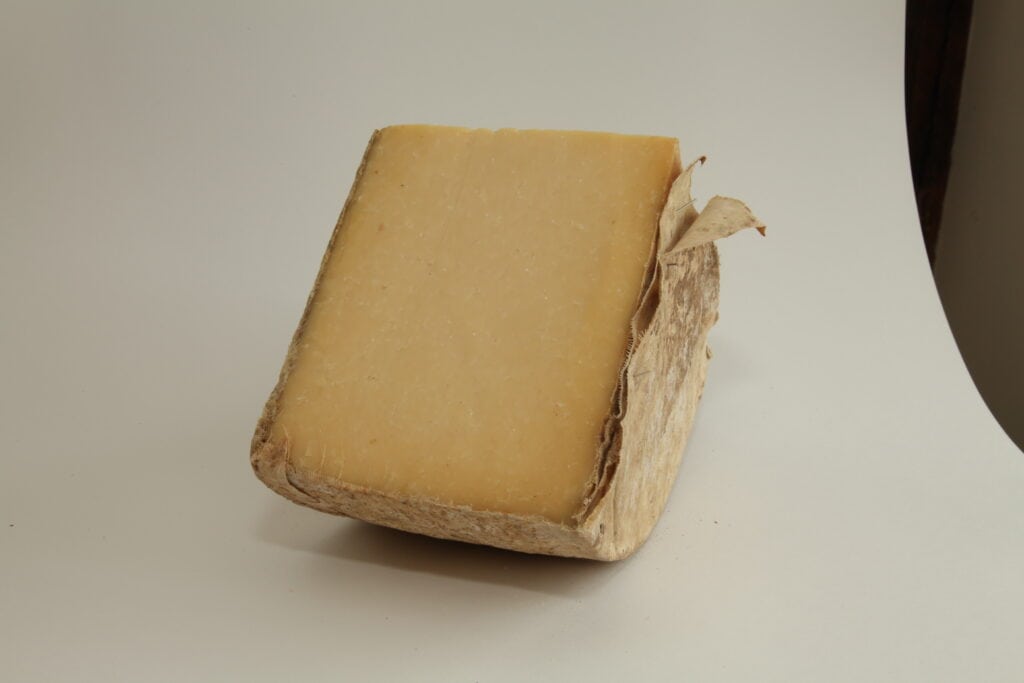
Establishing Long-Term Relationships in Cheese
The cheesemaking industry has recently achieved two significant milestones: the 20-year anniversaries of Jasper Hill Farm’s Cabot Clothbound Cheddar and Murray’s Cheese Caves program.
Cabot Clothbound is an ode to an English classic with an American spin; Murray’s Cheese, known for expert affineuring, joined this union by intentionally selecting each batch of cheddar to ensure each wheel has flavors of almond and candied sweet notes for its catalog. The cheese partnership is an example of a successful model that exemplifies the power of collaborative innovation. “Our entire business model around the [cheese caves] program is about collaboration,” says Josh Windsor, senior caves manager at Murray’s Cheese. Murray’s Cheese has been working with industry leaders such as Jasper Hill for decades, and the partnership continues to grow with the release of Barnstorm Blue, a technically complicated washed-rind blue.
Murray’s Cheese Caves house wheels from around the world, including Switzerland, France, California, and Vermont. The program has evolved from simply assisting in aging to leading the direction and flavor that Murray’s wants its inventory to possess, explains Lizzie Roller, director of merchandising at Murray’s Cheese. Precise goals and clear communication preserve the longevity and trust of these collaborations, Roller says. “It’s about honoring all kinds of traditions and marrying different philosophies of cheese together,” Windsor continues. “While American cheesemaking is relatively young, approaching the work collectively advances growth and innovation within the industry.”
Crafting Plant-Based Cheeses with Century-Old Practices
There’s often heated debate around what qualifies as cheese. But for Aaron Bullock, founder and CEO of Misha’s, a popular California- based company making dairy-free cheese, the answer comes down to technique. Rather than alienating his brand from the cheese industry, Bullock’s approach respects the wisdom of dairy experts, and he hopes that the industry can recognize collective similarities in their processes.
Misha’s started small, gaining popularity at local farmers’ markets by catering to customers’ preferences and needs. Bullock says he stumbled upon the idea of selling spreadable cheeses after a refrigeration mishap transformed their product into a soft and luscious delight. To perfect the new-found recipe, they visited cheese shops to sample wedges and consulted cheesemakers to master technique, which led them to partner with a dairy co-manufacturer to process their products as the company grew.
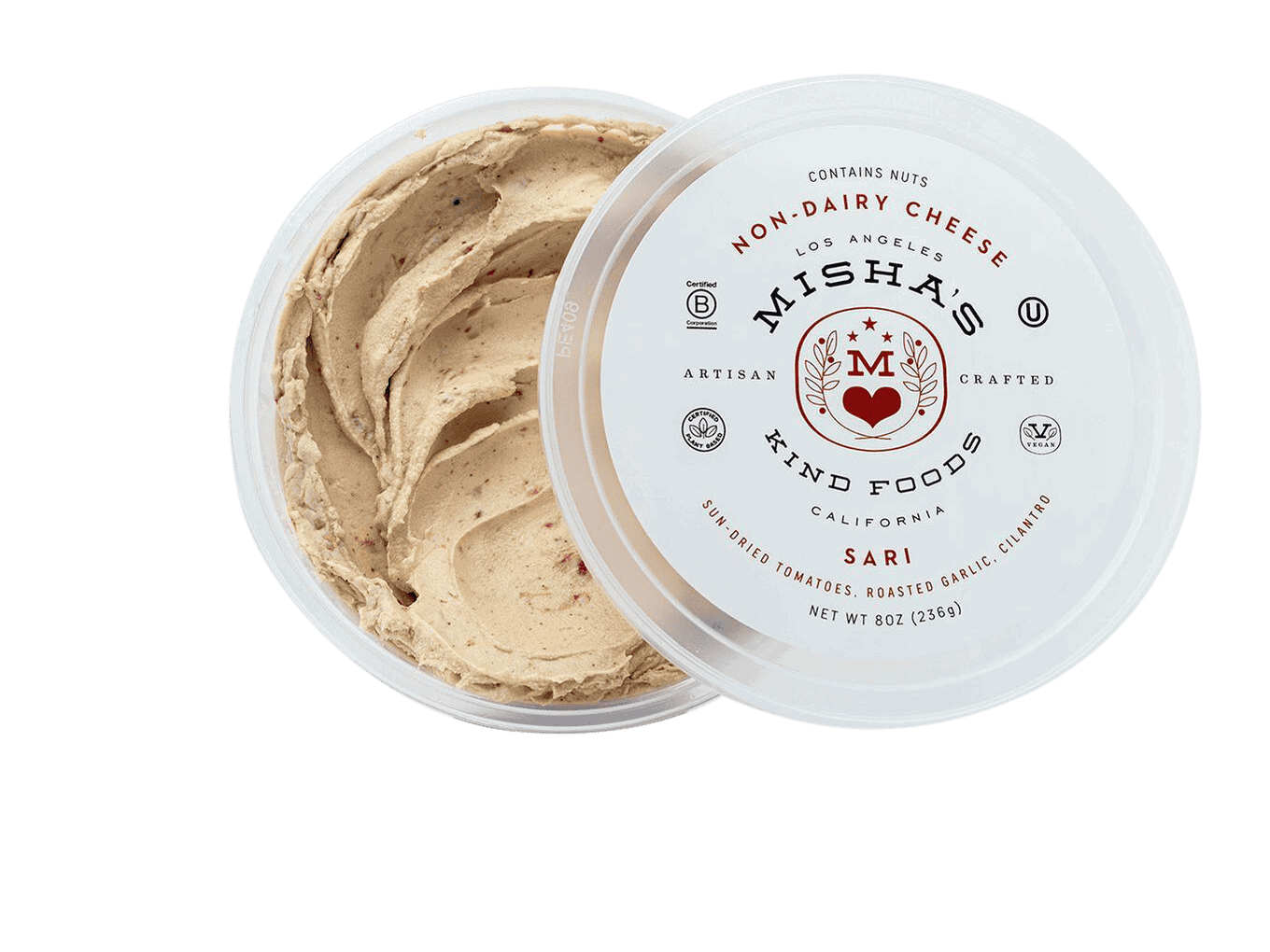
Misha’s is a Black-owned business that aims to mitigate a problem in its community: lactose intolerance. The condition, which makes it difficult to digest sugars found in dairy, affects nearly 80 percent of Black people living in the United States. Bullock champions all styles of cheese and seeks to provide an educational bridge by offering access to plant- based milk and cultures as an introduction to the world of cheese.
Since most cheese—especially hard and aged cheeses such as Parmigiano Reggiano and cheddar—contains only small amounts of lactose or is virtually lactose-free, many people with lactose intolerance can still snack on it. Lactose is typically found in whey, which is discarded during the cheesemaking process. The longer a cheese ages, the longer any remaining lactose transforms into lactic acid via fermentation.
“Dairy is a complex, wonderful thing; I’ve enjoyed some with umami, bitter, or layered sweet flavors, and I can’t get enough of those crystalized bites, but people shouldn’t have to give up cheese because of dietary reasons,” Bullock says.
As Misha’s expands into larger retailers such as Whole Foods, the brand prefers to live in the cheese section as a dairy-free alternative. By implementing classic cheesemaking techniques, Misha’s wants to remain in community with the industry. In the future, Bullock aspires to collaborate with cheese shops to carry their products, and with makers to dream up dairy-free masterpieces.
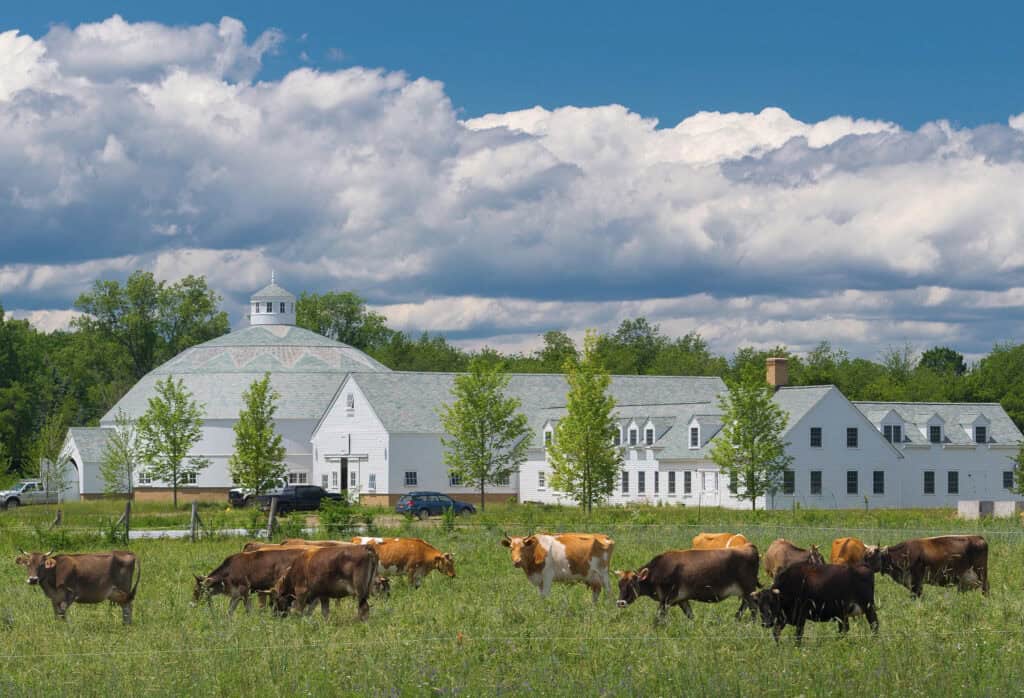
Making Space in the Cave
There are tons of logistic details to sort out when developing a brand. One significant factor is deciding where to set up shop. Most producers stick to their own space, especially if they want to avoid spilling the secrets of how their best wheels are made. But Churchtown Dairy decided to take a different approach and lease their production and aging space to nearby McGrath Cheese Company, an artisan producer in the Hudson Valley since 2016, explains Matthew Spiegler, head cheesemaker at Churchtown Dairy.
“It’s a very unique situation as we not only share the space with one another, but our relationship has only strengthened both our lines of cheese as we are constantly collaborating,” says Colin McGrath, owner and cheesemaker at McGrath Cheese Company.
The partnership is mutually beneficial. McGrath and Churchtown Dairy co-manage the space, from building out the creamery to maintaining the caves, and Churchtown Dairy carries and promotes McGrath’s cheeses in its farm store. The collaboration is a prime example of the analogy “a rising tide lifts all boats.”
Converting Whey Scraps to Gin
Making gin requires a precise blend of botanicals and grain, but before that can happen, a neutral spirit kickstarts the process. “Water-intensive corn finds its way into most gins on the market,” says Jake Sherry, founder of Isolation Proof, a small- batch farm distillery nestled in Western Catskills, New York. To go green, Sherry searched for alternative paths that offered a sustainable approach to crafting alcohol. A partnership with local distillery Cayuga Ingredients emerged. The bulk supplier uses discarded whey in its distillation process. (During cheesemaking, milk separates into curds and the leftover liquid is called whey.)
The cheese industry is left with billions of gallons of whey every year. But if upcycled, those dairy scraps can transform into multi-functioning ethanol rather than menacing environmental pollutants. Residual milk sugars in whey ferment into a neutral spirit that Sherry couldn’t resist for his gin. Some collaborations are a no-brainer, especially ones that tackle the industry’s most challenging environmental problems and deliver silky-smooth gin that allows fragrant botanicals to shine.
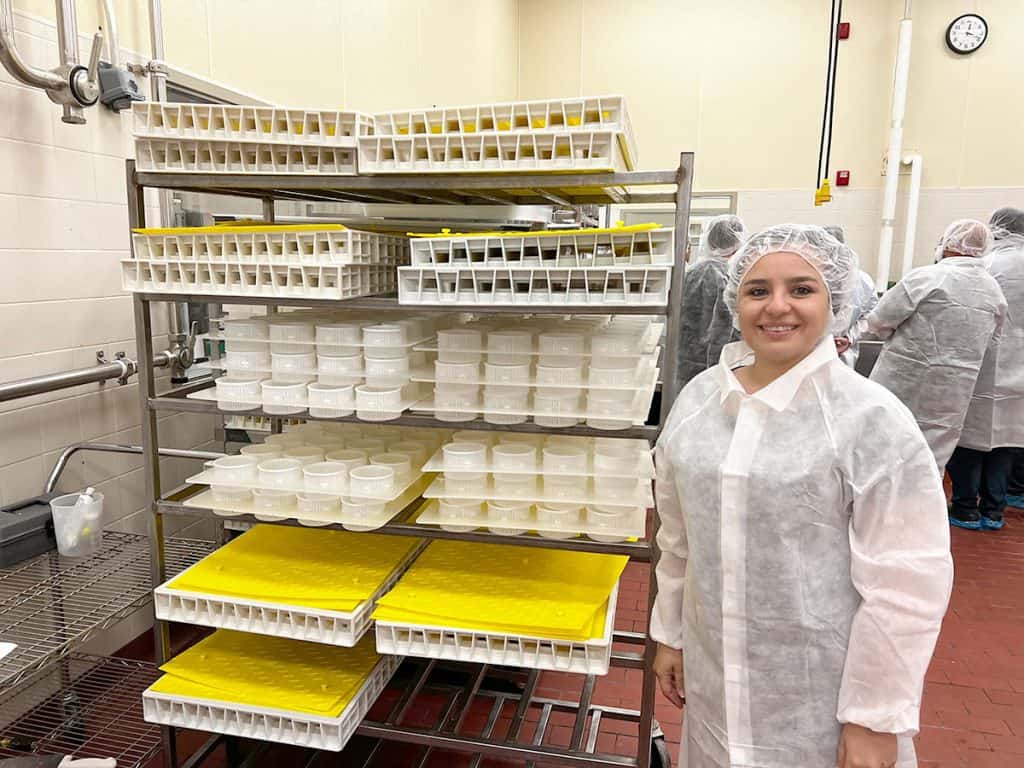
Amplifying Diverse Dairy Heritages
Latin cheeses are not a monolith, explains Dr. Carmen Licon, director of MILKulture Institute, a multi-disciplinary center within the Pacific Coast Coalition–Dairy Business Innovation Initiative in California. Cheese is rich and diverse and should be a representation of the many countries and subcultures that have mastered the art of cheesemaking and affineuring.
The MILKulture Institute collaborates with dairy industry educators to promote underrepresented heritages and host workshops. These ventures engage experts such as Jessica Férnandez López, president of the Mexican Cheese Coalition and co-founder of Mexican Mongers, who is determined to improve inclusivity in US cheesemaking.
Typically hosted on Zoom, these workshops cover a variety of topics and frequently deep dive into various cheeses such as Machengo or Requeson. MILKulture honors diverse cheesemaking practices and emphasizes how Eurocentric techniques and traditions are not the only way forward. By challenging rigid thinking and embracing different perspectives, Licon and López plan to pave the way for diverse leadership in the cheese industry.


